Stepping into the world of feline friends for the first time? Our cat owner's guide is your purr-fect companion!
Just like the first page of a captivating novel, your first moments with your new cat will set the tone for a lifelong story of companionship.
From their mystifying behaviors to their soft purring, cats are a bundle of wonders waiting to be unraveled.
Whether you've spontaneously adopted a stray or spent weeks planning for your new furry family member, we're here to ensure your cat tale has a happy beginning and an even happier ever after.
So, sit back, relax, and let us whisk you away on this exciting journey of becoming the best cat parent ever.
What Is This Creature Anyway?
Ok, so it looks furry and kinda cute, but what are we dealing with here precisely? Cats are felines, members of the same family as lions, tigers, and leopards.

In other words, your cat is a highly sophisticated predator, designed to hunt small critters, mostly rodents and birds.
Your cat is also a domesticated animal. That means he or she thrives on human companionship and needs your care, protection, and love.
To your cat, you are a big cat, not unlike a mother cat is to her kittens. Let's look at some basic qualities of domestic cats.
1. Cats Have Their Own Personalities
Regardless of the image you may have of cats, your own cat is an individual with his or her own temperament and habits.
Cats vary greatly in activity levels, aggression, vocalization, and a slew of other qualities.
Don't be surprised if your cat doesn't actually have every one of the qualities described here.
2. Cats Like To "Get Up There"
A healthy adult cat is an athletic creature that can run, jump and climb trees. You may find that your cat likes to jump on the kitchen counters or climb the cupboards.

That's a perfectly reasonable thing to do if you're a cat. Some cats also love hiding inside boxes and other small spaces.
3. Cats Are (Sort Of) Nocturnal
That is to say, cats are active mostly around dusk and dawn and may be up anytime of the day or night.
Your cat has excellent night vision, so even a little bit of light is enough for him or her to get around at nighttime.
Don't be surprised if you hear Kitty up and about at 2 am. That's perfectly normal for a cat.
4. Cats Sleep A Lot
On average, cats sleep 12-16 hours a day.
Most cats enjoy a mix of catnaps throughout the day and night, but don't be surprised if you notice your cat spends a lot of the daylight hours sound asleep because, as mentioned earlier, cats are nocturnal.
5. Cats Make Various Sounds
Everyone knows that cats meow. However, the sound of that meow can vary, and with time you may be able to discern different "cat words" that your cat is saying.

The amount of vocalization changes from one cat to another and can be anything from monastic silence to constant operatic performances. Some cats also chirp and chatter when they're excited.
Cats can also hiss, growl, and yowl. These are signs of fear and imminent aggression, so if you hear them, keep your distance from the cat and let her calm down.
Constant "crying" or yowling can also signify heat in non-spayed females.
Last but not least: Purring. Most cats purr when they are happy or wish to appear non-threatening. Some can be very loud too.
Don't worry, it's just your cat's way of showing affection. Enjoy the sound!
6. Cats Communicate Through Body Language Too
Cats express themselves through body language, and their signals are quite different from those of dogs.
For example, when a cat "wags" her or his tail, they're probably not happy and could lash out if you try to pet them.
Another tip for beginners: Avoid staring into Kitty's eyes.
A direct stare can be interpreted as threatening, and unless the cat knows you very well, he or she may feel intimidated and possibly even lash out.
Take note of your cat's body language; with time, you'll better understand it.
7. Cats Sharpen Their Claws By Scratching
In fact, cats scratch certain surfaces not only to sharpen their claws but also to mark their territory and relieve stress.
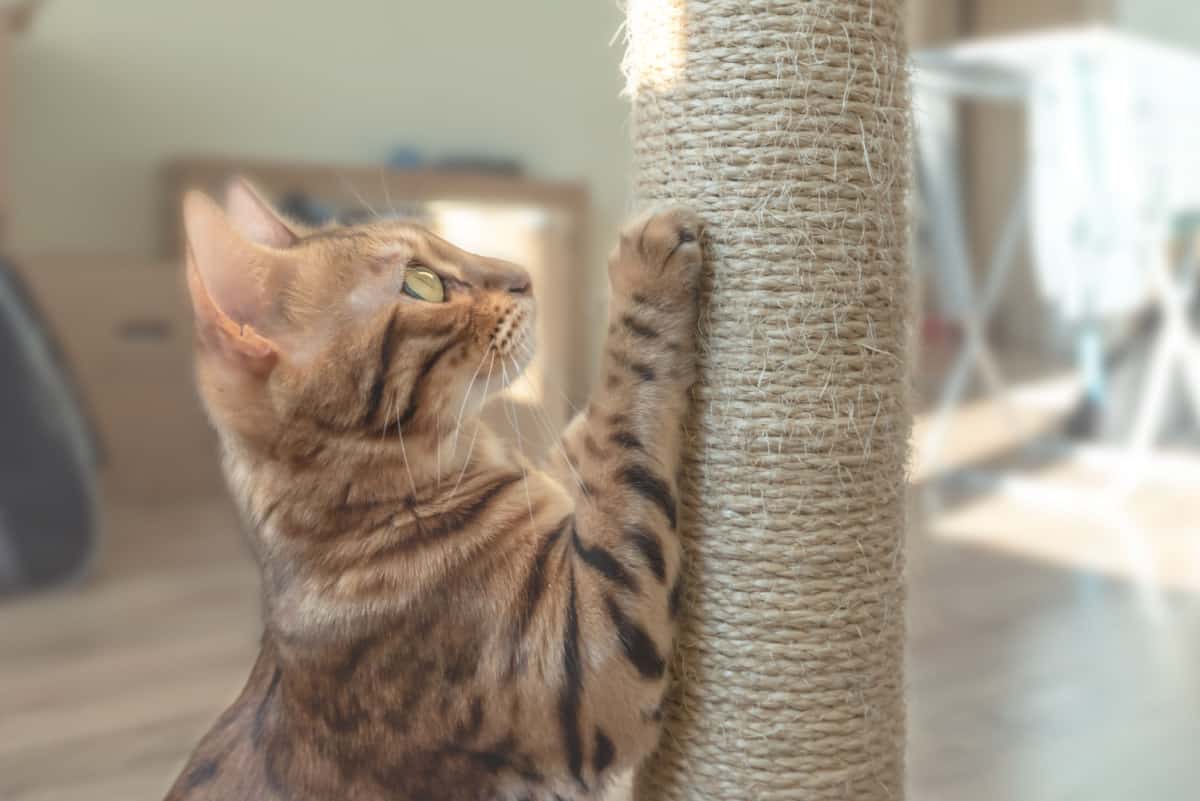
You can't teach a cat to avoid this behavior entirely because it's just part of their nature.
Instead, you should provide your cat with appropriate scratching surfaces, such as a suitable scratching post.
You can teach your cat not to scratch your beloved couch, but only after you find the right scratching post that he or she will actually use.
SIGN UP FOR THECATSITE'S EMAIL UPDATES >
8. Cats Bury Their Waste
Our furtive little felines want to keep both prey and potential predators from knowing where they live. To do that, they bury their own feces and urine in the ground.
Usually, a cat will find a nice spot, dig a small hole, do her business, and then cover it with soil.
In your home, you want that spot to be the litterbox, so you must provide Kitty with a good one and keep it clean.
9. Cats Have Strong Hunting Instincts
Cats are hardwired to hunt small animals. That means you should not leave a cat unattended with your pet gerbil, gecko, or budgie.
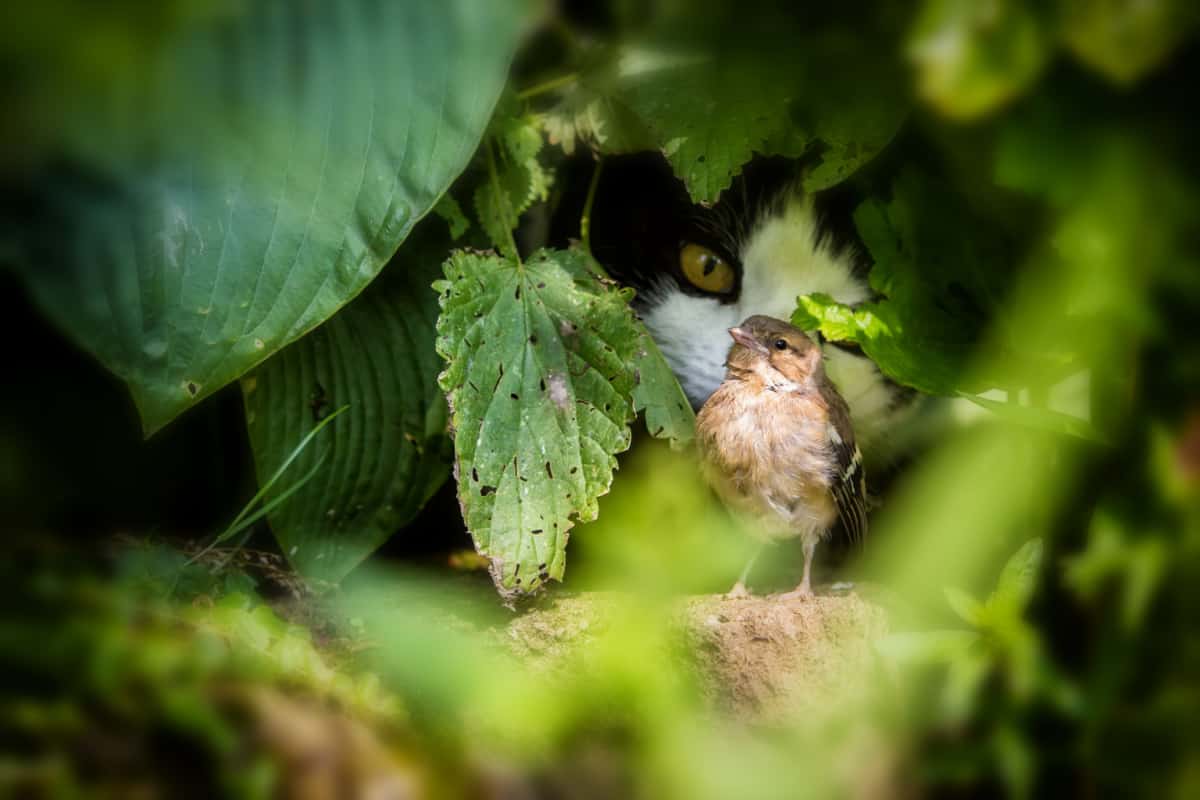
It also means you're likely to see your cat respond to stimuli that resemble their prey, a quality that works well for playtime sessions.
10. Cats Tend To Hide Their Pain
Just because Kitty isn't crying in pain doesn't mean she's well.
Cats tend to hide pain and discomfort so you need to acquaint yourself with the telltale signs of health problems in cats.
11. A Note On The Behavior Of Kittens
Kittens are extremely energetic and curious.
They will be out there exploring the world and playing with just about anything when they're not sleeping or eating.
This is how kittens learn about the world and hone their "cat skills." These skills include hunting, so kittens are more likely to bite and scratch you as they play.
This energy level gradually subsides, but it can take up to a year or even two before your kitten really calms down. Many kittens need to chew things as well.
Important note: This article does not deal with newborn kittens in the first 3-4 weeks of their lives.
So if you have a newborn on your hands, please refer to this guide about raising newborn kittens. Also, start a thread in the Pregnant Cat & Kitten Care forum.
Raising newborns is challenging even for experienced cat owners, so you'll need all the help you can get.
What Your New Cat Needs
Now that you know a little about cats and their behavior, let's see what your duties are as a cat owner.
1. Veterinary Care
Hopefully, your new cat is healthy and will just need a quick check-up and a first round of vaccinations.
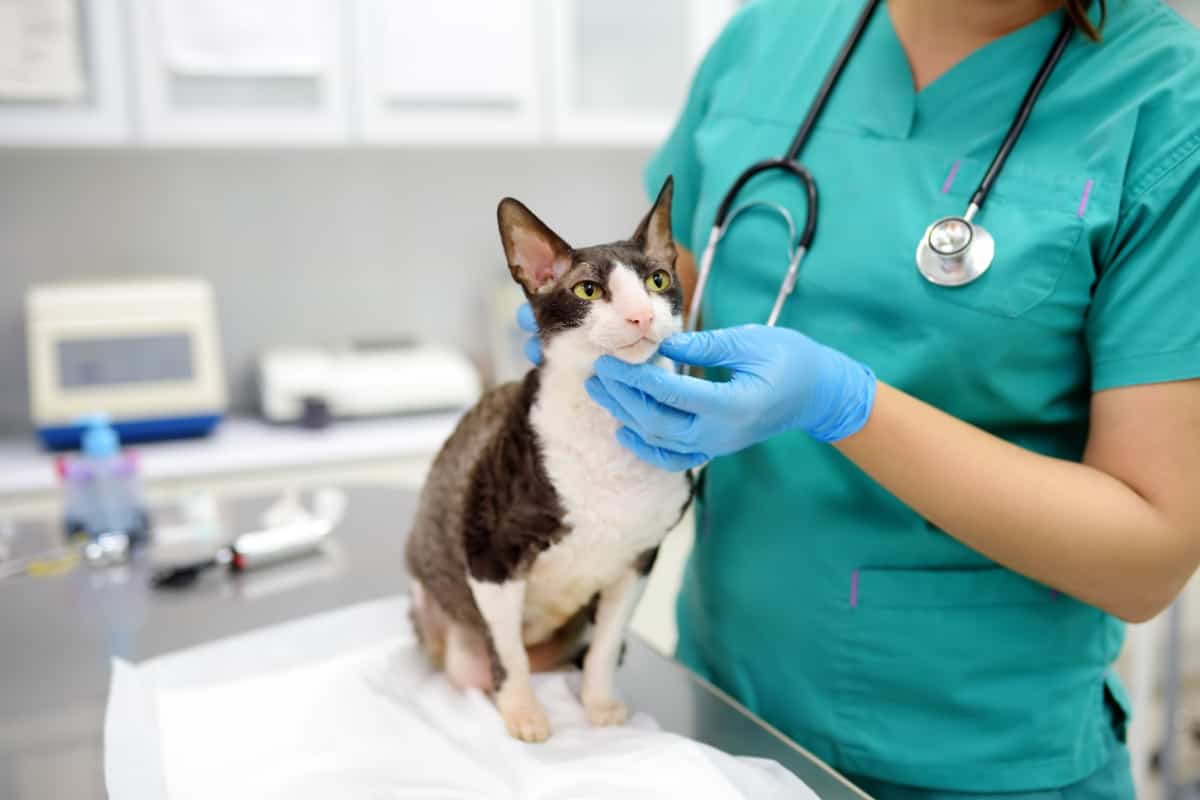
If you rescue a stray cat off the street, there's a good chance the vet will need to treat her or him for worms and fleas as well.
Take the time to find a good veterinarian that you feel comfortable with, as this person is going to be your ally in caring for your cat for years to come.
Spaying/Neutering
One of the most important things you can do for your cat is spaying (if a female) or neutering (if a male).
If you adopted from a shelter, your cat has probably already had the procedure. If you found a cat, talk to your vet and schedule a spay or neutering.
For various reasons, cats should ideally be spayed or neutered before they reach sexual maturity, so don't delay this.
Do Not Declaw Your Cat
Declawing is illegal in most Western countries, but if you live in the US, your veterinarian may bring it up as an option.
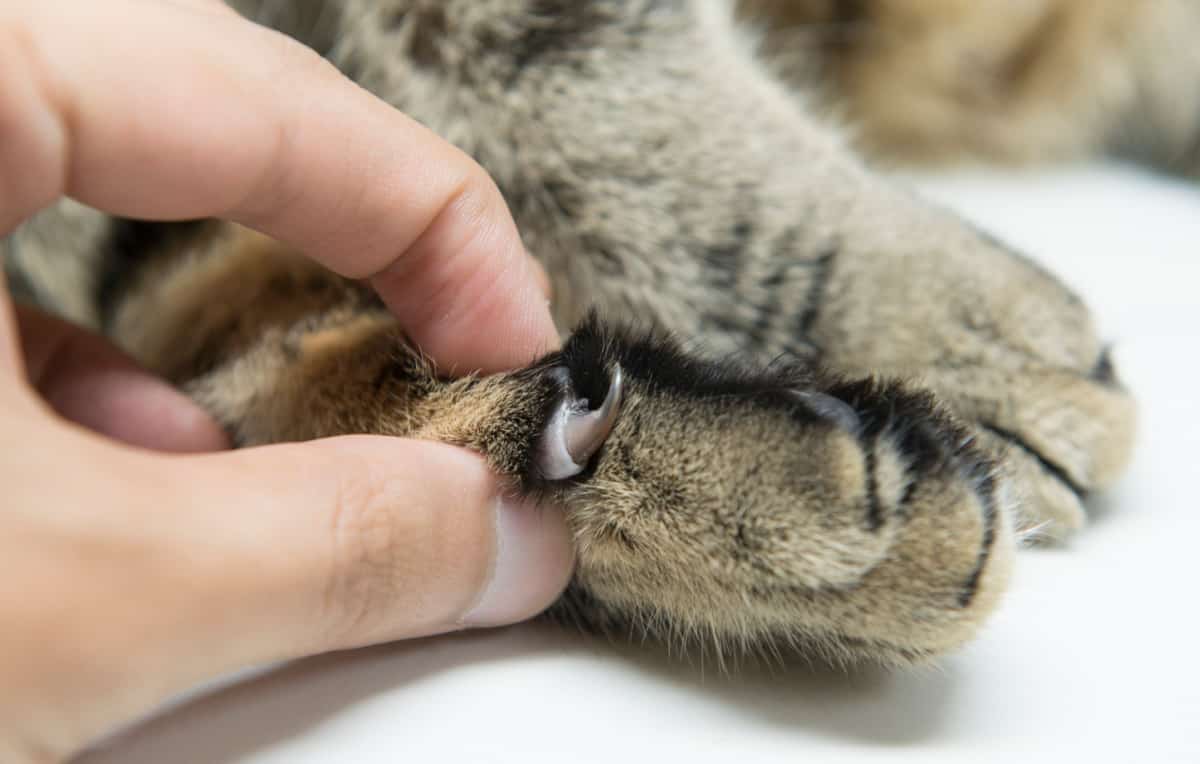
Please do not have your cat's claws permanently removed. The procedure is extremely painful and unnecessary.
2. Feeding Kitty
Your cat is a carnivore and must be fed animal-based nutrition, or he will get very sick and die. Your best option as a beginner is to buy quality cat food at a pet store.
Click here to see this quality cat food on Amazon.
Make sure the food is classified as "complete and balanced" for all life stages.
If you have a kitten, it's best to choose a kitten formula, as it's more nutritious and better suited for the needs of a growing body.

There are many ways to feed a cat. Some owners free-feed, filling up Kitty's dish daily and letting him or her eat at will.
Others prefer to limit feeding times. Free-feeding is usually the best option for a young or underweight cat, but an overweight cat may need stricter portion control.
3. The Litterbox
You must provide your cat with a large clean litterbox. That means a large box that is filled with a couple of inches of kitty litter.
Click here to see this litter box on Amazon.
You can buy litter at the pet store, and here too—preferences vary among owners and cats.
Click here to see this cat litter on Amazon.
Most owners prefer clumping litter because it turns urine into solid waste easier to scoop. And scoop you will, at least once a day. Keeping the box clean is key for your cat to use it.
Place the litterbox in an area where the cat can easily access it at any time of day or night.
Don't expect a cat to "hold it" for the night and don't make getting to the box too tricky. Place it away from food and water dishes too.
4. Scratching Posts
Your cat needs a good scratching post and preferably more than one. Scratching posts need to be strong, stable, long, and accessible.
Click here to see this scratching post on Amazon.
You should place a scratching post where you tend to spend the most time around your home, as this is where Kitty will likely hang around and mark it as his or her territory.
It's best to offer both a vertical and a horizontal post and see which one your new cat prefers, as this is a matter of personal feline taste.
5. Playing And Exercise
Just like us, cats need to move around and exercise to stay fit and healthy.
Playing behavior is also important and helps your cat practice mental and physical skills and relieve stress. Have cat trees in your home, to encourage Kitty to climb and move around.
Provide special cat toys, such as stuffed mice and small, lightweight balls. There are special toys shaped like a fishing pole that allows you to play along with your cat.
Click here to see these cat mouse toys on Amazon.
This interactive playtime can be very good for strengthening your bond while getting Kitty some exercise.
6. Sleeping Arrangements
Cats sleep a lot, but you don't really have to provide them with a special bed.

Your cat will find his or her favorite napping spots around your home, which may or may not include that fancy cat bed you bought for them.
Many cats prefer to sleep in the same bed as their owner. This is a sign of trust: Kitty feels more secure with you around, just like a kitten would with Mama Cat.
Prepare for Your New Cat
Embracing the joys of feline friendship for the first time? Here's your quick-start guide!
1. Research
As a first-time adopter, it's crucial to research cat behaviors and needs.
This preparation equips you to make informed decisions, from choosing between a covered or open litterbox to selecting the best cat food.
If you're still contemplating the commitment, dive into: "15 Things You Should Know Before Adopting A Cat."
2. Go Shopping!
For first-time cat owners, our "New Cat Checklist" is a lifesaver, ensuring you purchase all the essentials before bringing your whiskered companion home.

3. Ready Your Home
Before introducing your cat, set up a safe space for them to adjust. Safeguard your home, inform family members, and pinpoint a trusted local veterinarian for your future visits.
Unexpected Adoption?
Stumbled upon a "Meow" and couldn't resist? If you've spontaneously adopted a cat:
- For newborn kittens with closed eyes, turn to our "Newborn Kitten Care Guide" and participate in the "Pregnant Cat & Kittens" forum for guidance.
- If the cat seems injured or unwell, rush to a veterinarian without delay.
- For the seemingly healthy ones, designate a tranquil sanctuary. Isolate one room, ensuring no escape routes. Acquire the essentials: an open litterbox, dust-free clumping litter, and suitable cat food (adult or kitten formula). Strategically place the litterbox and feeding station in opposite corners.
Allow Kitty to Adjust
Every cat, whether from a planned or emergency adoption, needs time to settle into a new home.
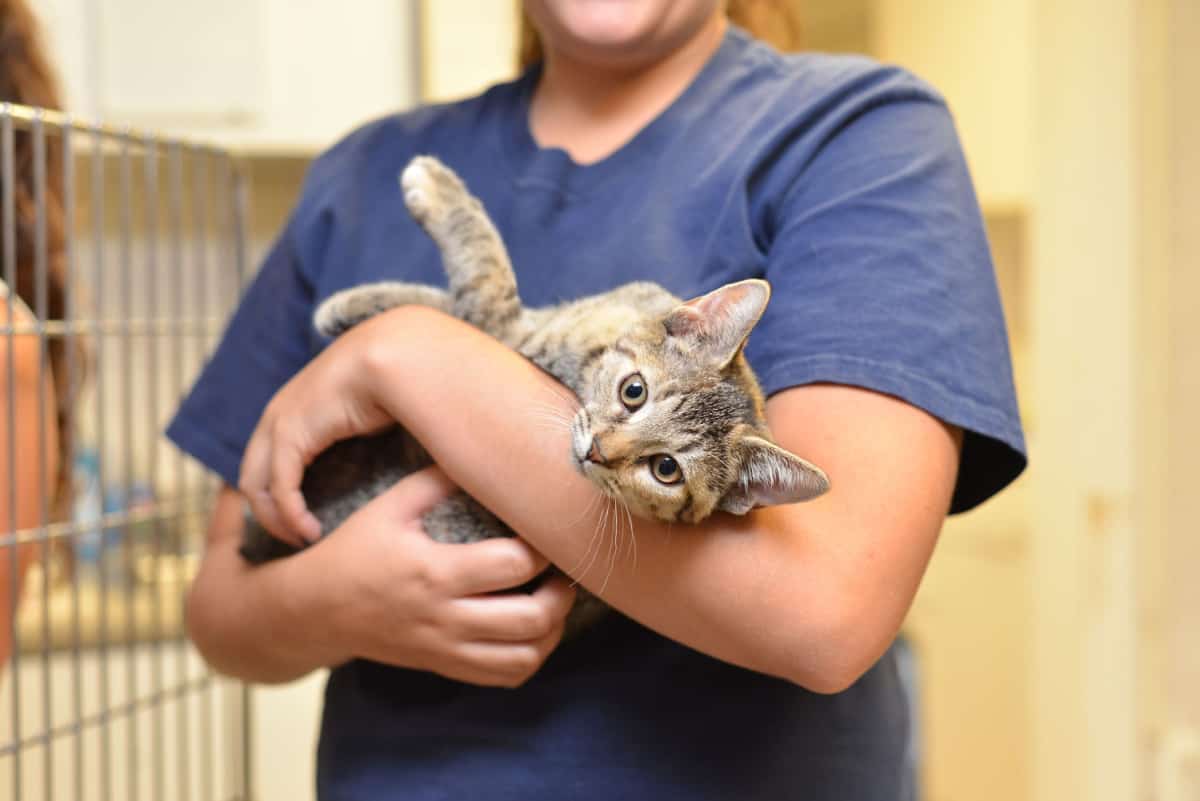
Typically, younger cats adjust faster, but some adults might surprise you with their adaptability. For first-time cat parents, it's essential to understand this adjustment phase.
For a comprehensive guide on easing this transition, check out "How To Help A New Cat Adjust To Your Home". Remember: patience and love make all the difference.
Questions? It's natural! One article can't cover everything about cats.
For now, you've got a strong foundation. Need more advice or support? Get into our forums, share your experiences, and let our community guide you.
Introduce other first-time cat owners to this guide by pinning the image below on your social media.
SIGN UP FOR THECATSITE'S EMAIL UPDATES >
Note: We may get commissions for purchases made through links on this page.






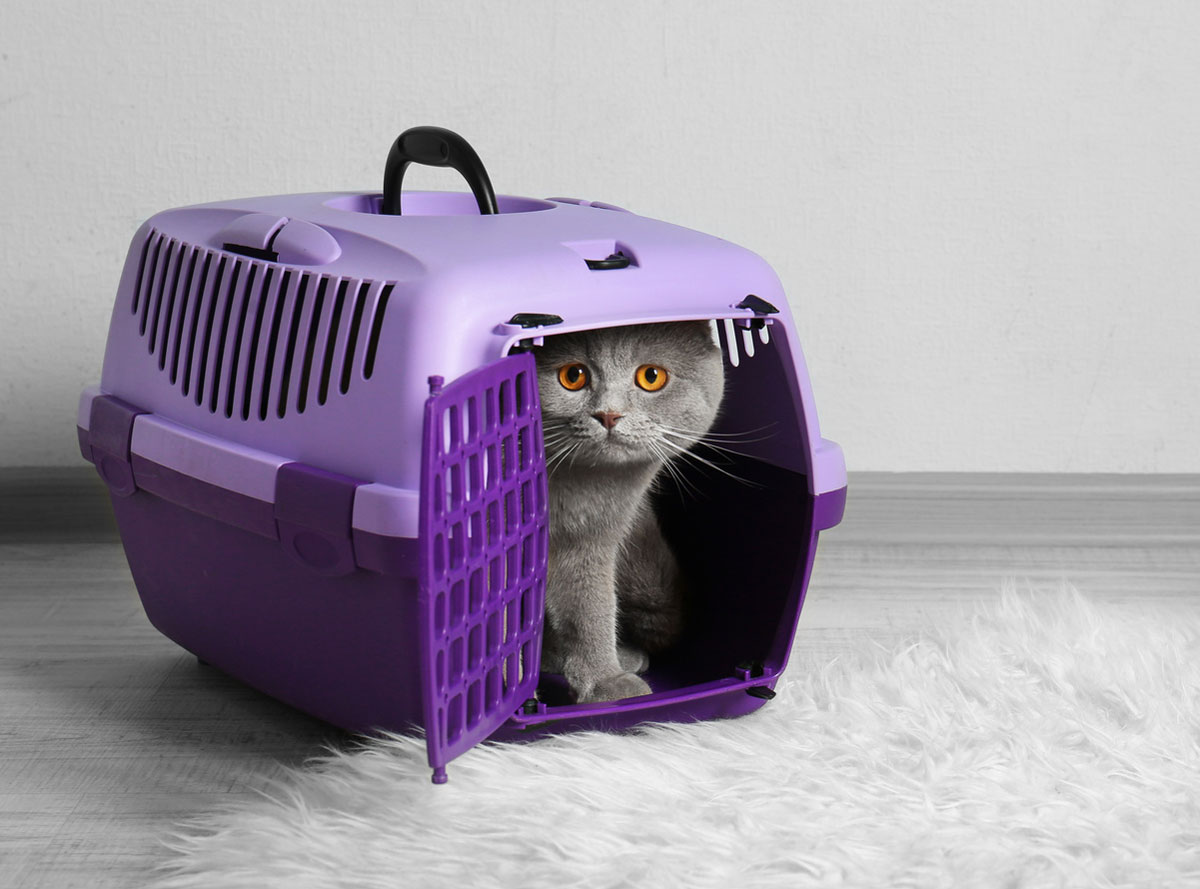


10 comments on “First Time Cat Owner’s Guide”